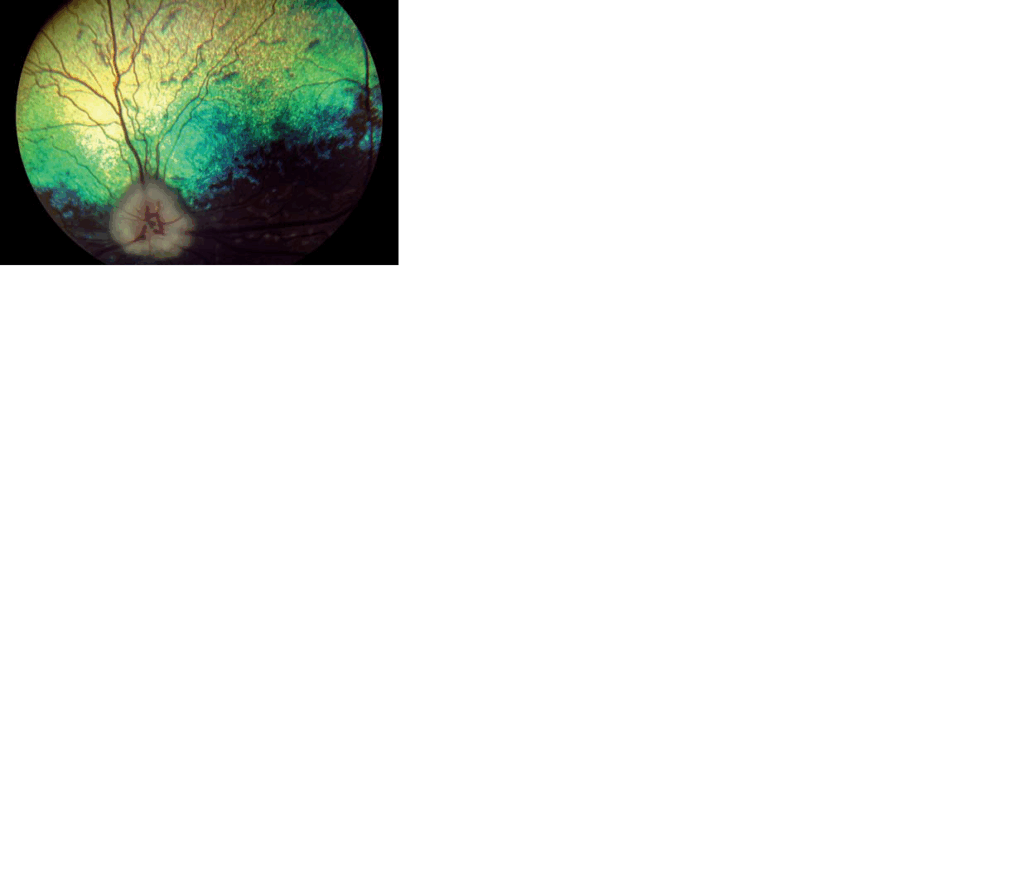
Zubricky P., Balicka A., Trbolová A. Výskyt retinálnej dysplázie v populácii československého vlčiaka (ČSV) na Slovensku. Incidence of retinal dysplasia in the Czechoslovakian Wolfdog population in Slovakia. Veterinární klinika 2025;22(3):75-78.
SOUHRN
Československý vlčiak (ČSV) je plemeno charakteristické svojou jedinečnou povahou a nezameniteľným vzhľadom. Práve tieto vlastnosti z neho robia veľmi populárne plemeno a to nielen na území Českej a Slovenskej republiky. Jeho individuálna charakteristika je dôsledkom kríženia nemeckého ovčiaka s karpatským vlkom. Aj keď plemeno ČSV existuje viac ako 50 rokov, podrobné informácie o jeho očnom zdraví nie sú k dispozícii. V tejto práci autori vykonali oftalmologické vyšetrenie u 140 ČSV a zamerali sa na zhodnotenie výskytu retinálnej dysplázie a jej typov v danom plemene. Výsledky štúdie ukázali, že 95,71% jedincov zo sledovaného súboru bolo bez výskytu retinálnej dysplázie. U 4,3% sledovaného súboru bola diagnostikovaná multifokálna retinálna dysplázia a to vo forme pretrvávajúcich nálezov u dospelých jedincov, ako i záhybov u šteniat, ktoré vekom odozneli. Tieto zistenia poukazujú na potrebu ďalšieho monitorovania a výskumu očného zdravia u ČSV, najmä so zameraním na genetické faktory ovplyvňujúce ich vznik.*
SUMMARY
The Czechoslovakian Wolfdog (ČSV) is a breed characterized by its unique temperament and unmistakable appearance. These traits make it a very popular breed in the Czech and Slovak Republics and internationally. Its individual characteristics result from crossing the German Shepherd with the Carpathian wolf. Although the ČSV breed has existed for more than 50 years, detailed information about its eye health is not available. In this study, the authors conducted an ophthalmological examination on 140 ČSV dogs and focused on assessing the occurrence of retinal dysplasia and its types within the breed. The results of the study showed that 95.71% of the individuals in the observed group showed no signs of retinal dysplasia. In 4.3% of the observed group, multifocal retinal dysplasia was diagnosed, appearing as persistent findings in adult dogs as well as folds in puppies that disappeared with age. These findings highlight the need for further monitoring and research into eye health in ČSV dogs, especially focusing on the genetic factors that influence the development of these conditions.